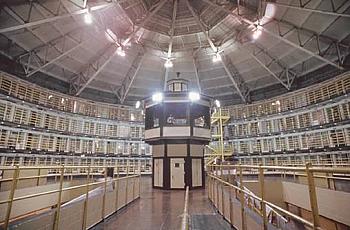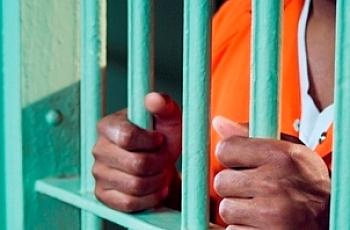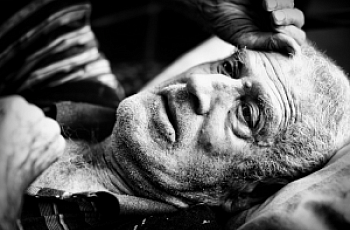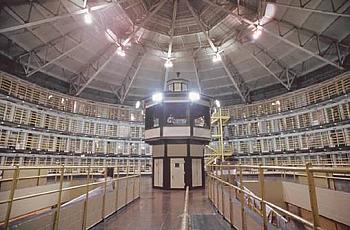
Sandra Hausman
Bureau Chief

Bureau Chief

The U.S. locks up more individuals per capita than any other country in the world. We have 2.2 million people behind bars – up 500% from 30 years ago. This situation raises important questions for policy makers, and it’s a rich area for journalistic exploration.

As prison populations continue to increase and budgets get tighter, reforming the system will become ever more important.

Parole is allowed under a Virginia rule that enables the state to release people over 60 who have served at least ten years. More than a thousand inmates have been eligible under this geriatric provision, but only 40 have been released since 2001. One key question: Where would they go?

Virginia has about 30,000 inmates in state prisons, served by 14 psychiatrists. Segregation, restraining chairs and solitary confinement are other means by which mental health patients in state prisons receive treatment.

The state of Virginia spends an average of $5,300 a year per inmate for medical care in prisons, and that cost has been rising 5-7 percent per year, but taxpayers may not be getting their money’s worth, and people locked up for minor crimes could be paying with their lives.

Virginia houses approximately 30,000 inmates annually in state prisons, making the Department of Corrections the most expensive agency in Richmond, with a billion dollar annual budget. It spends $160 million on healthcare, but critics say that care is inadequate.

The plight of prisoners in California has received extensive coverage since a class action lawsuit alleged bad medical care behind bars violated the U.S. Constitution. In Virginia, however, there has been little reporting on the quality of health care for about 31,000 people in state prisons.